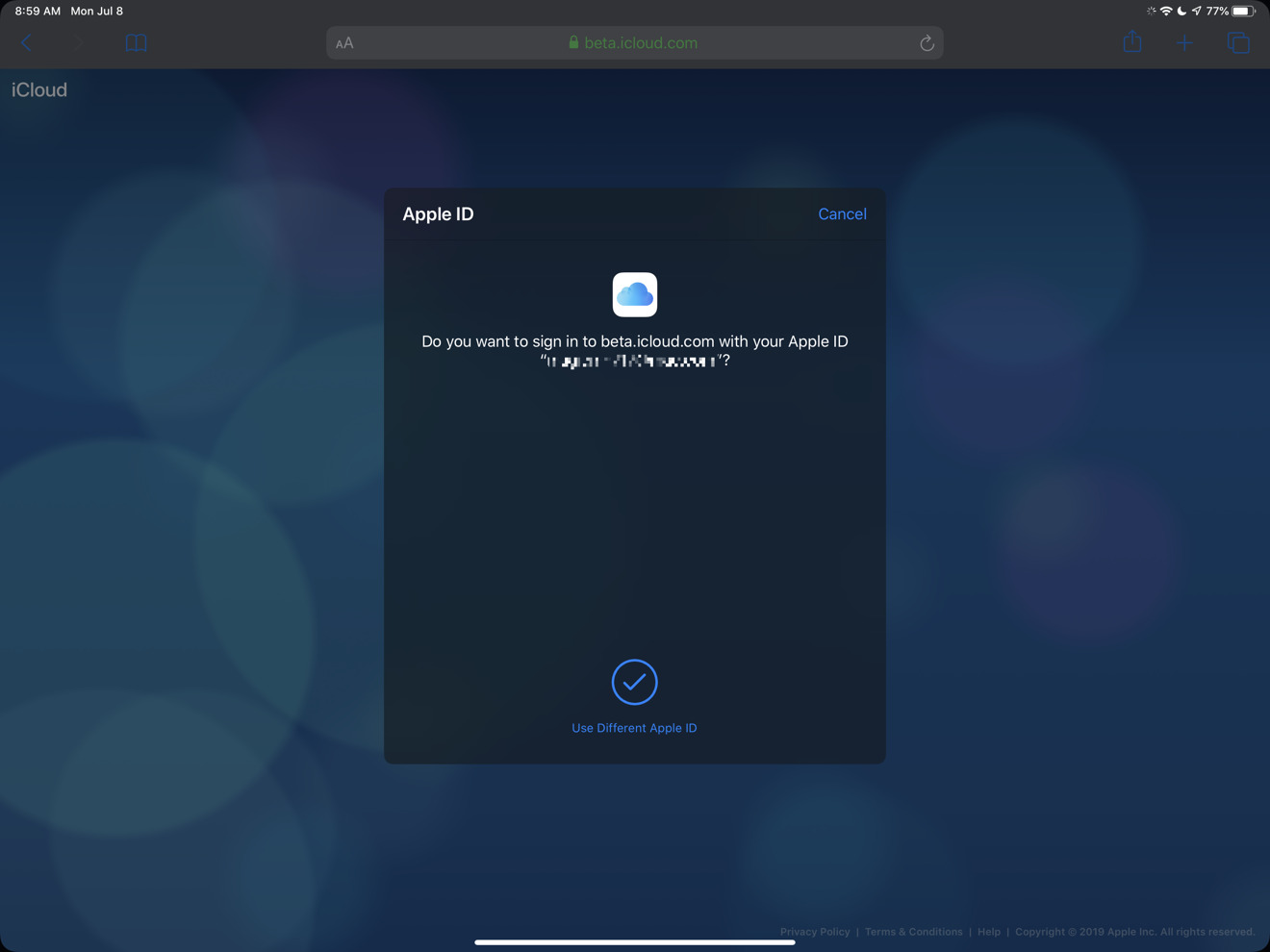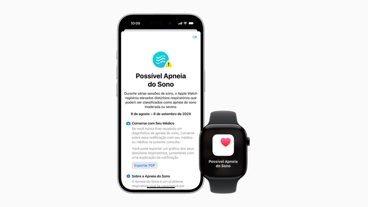People running the iOS 13, iPadOS, or macOS Catalina betas can now sign into beta.icloud.com using Face ID or Touch ID, depending on their device.
A tip provided to, and tested by, AppleInsider advised vistors to the iCloud beta site in Safari can see a pop-up message if their device is compatible. In fact, attempting to visit the regular iCloud.com while using a beta version of the operating systems automatically redirects to the beta iCloud site.
Face ID and Touch ID should generally be faster than entering a password, although there's less reason to use the Web version of iCloud on an authenticated device. In such cases, people can normally access the native versions of apps like Calendar and Mail.
The feature is similar to Apple Pay on the Web, but is more likely connected to "Sign in with Apple," the new Web sign-in service Apple is rolling out this fall. That technology is based on Apple IDs, and meant to offer an alternative to sign-ins through services like Google, Facebook, and Twitter.
Apple has been criticized for making Sign in with Apple mandatory if those third-party options are present, and leaving gaps with OpenID Connect, on which its work is based.
 Roger Fingas
Roger Fingas









 Wesley Hilliard
Wesley Hilliard
 Malcolm Owen
Malcolm Owen
 Andrew Orr
Andrew Orr
 William Gallagher
William Gallagher
 Sponsored Content
Sponsored Content
 Christine McKee
Christine McKee

 Thomas Sibilly
Thomas Sibilly







6 Comments
That's interesting, Apple usually directs users of iOS to use the native apps (effectively blocking access to icloud.com's web based apps.)
Perhaps they're further cementing icloud at the centre of of the apple experience, something that may require even iOS devices to be able to access it. This also plays into another idea for how Apple could untether future Apple watches from an iPhone. (But putting configuration and an app store on iCloud.com instead.)
I wonder if Apple could come up with a way to add Touch ID to new versions of their Magic Trackpad, Magic Mouse, and wireless keyboards to allow biometric based identity capability for iMac, Mac Mini, and non-Touch ID MacBooks? I suppose they could come up with a "black channel over Bluetooth" protocol (if one does not already exist) to ensure secure pairing and communication between the trackpad/mouse/keyboard and the host Mac. To me, this seems like something that would be widely popular today and should have been done several years ago, but maybe I'm missing something that doomed its existence and marketability.